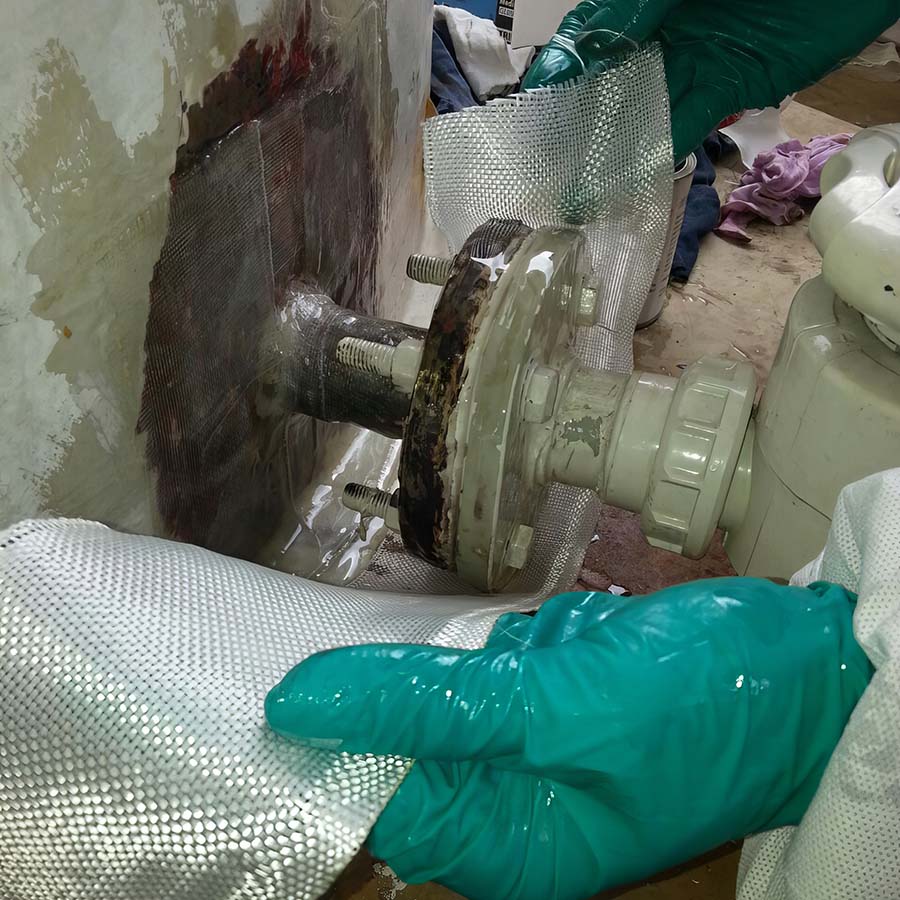Introduction
The objective in applying anti-corrosion coatings is to provide a film which will give protection and/or decoration to the structure being applied. The variables which govern the success of any application and subsequent performance are:
- Surface preparation
- Film thickness of the paint system
- Methods of application
- Conditions during application
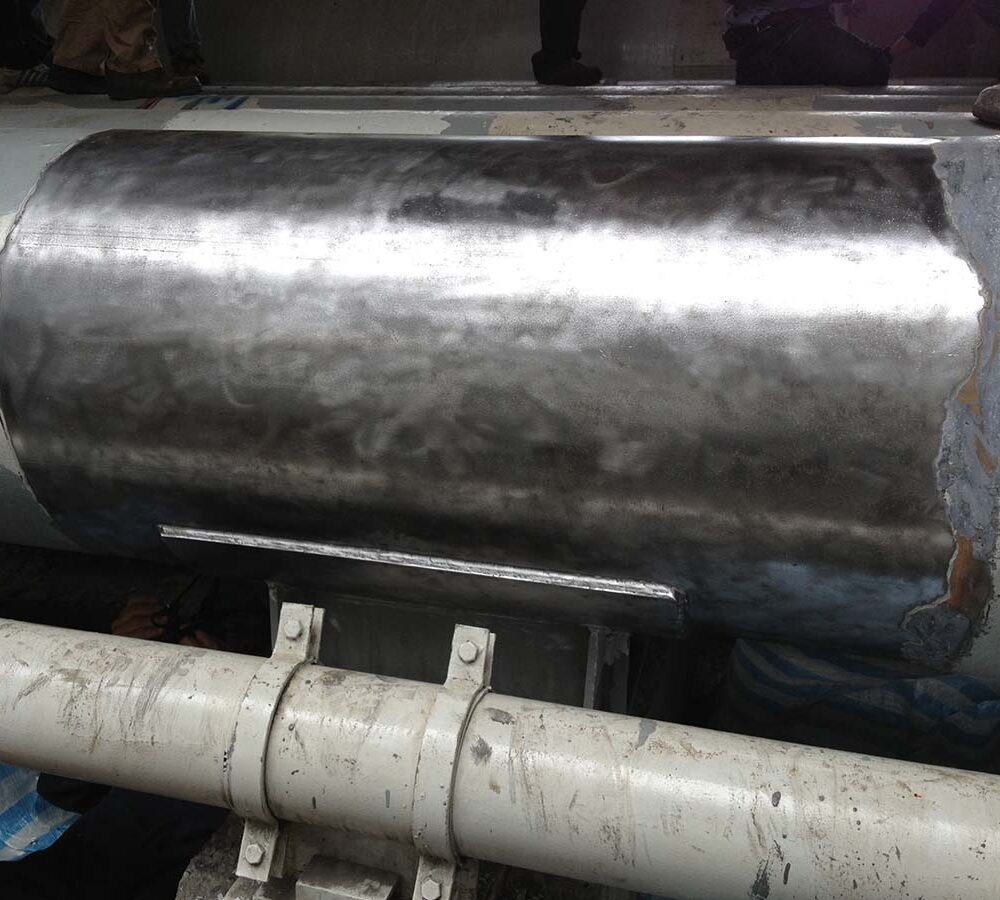
Surface Preparation
As detailed in the previous chapter, it is essential that a good standard of surface preparation is achieved, if the anti-corrosion coating is to perform successfully in service.
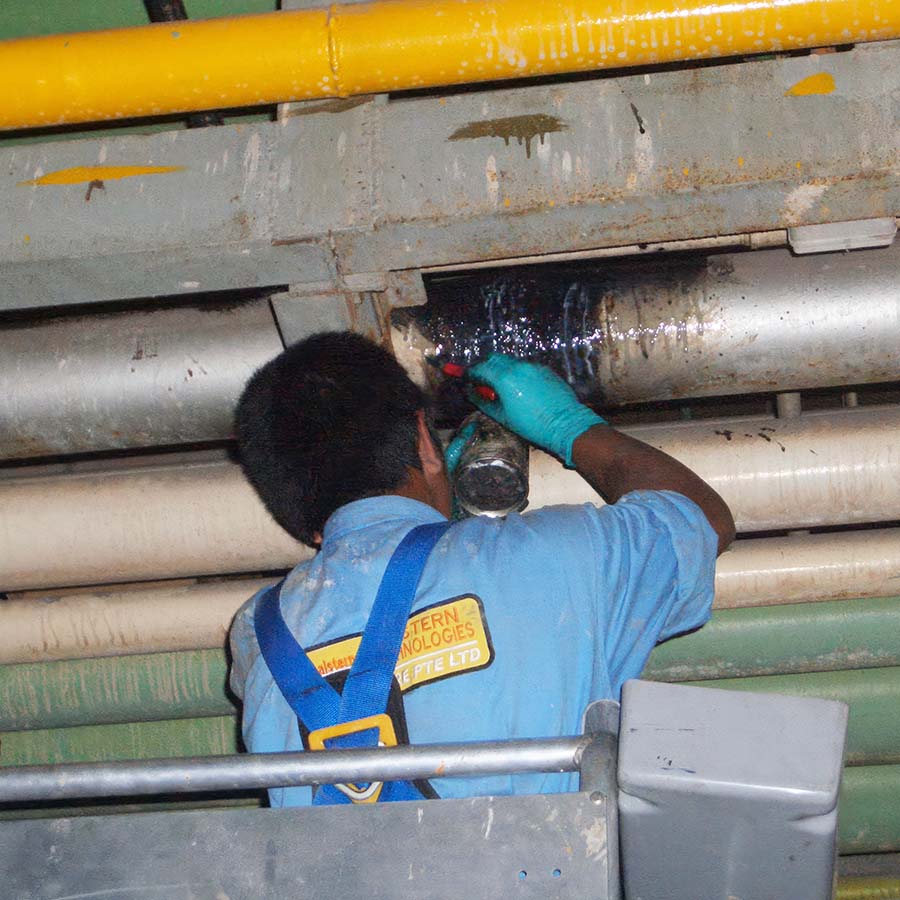
Methods of anti-corrosion coatings application
The normal methods of application of anti-corrosion coatings are by:
- Brush
- Roller
- Conventional Air Spray
- Airless Spray
1. Brush Application
Brush application is a relatively slow method and is generally used for the coating of small complicated or complex areas or where the need for ‘clean’ working with no overspray precludes the use of spray application. Brushes are also used for applying surface tolerant primers, where good penetration of rusty steel surfaces can be achieved with operator persistence. Brushes are a commonly used method for “touch up” of coatings during service.
It is important not to ‘over-brush’ the surface, as this will result in large variations in film thickness, which is the inherent problem with brush application. Care must also be taken when applying thermoplastic coatings over one another as the solvents in the wet top coat can dissolve the lower coating. Even and light brush strokes are required to avoid pick up of the previous coat, otherwise a very rough finish will result. It is generally not possible to achieve the required film thickness in the same number of coats as with spray paint application and multi-coat applications are necessary to give the specified film build.
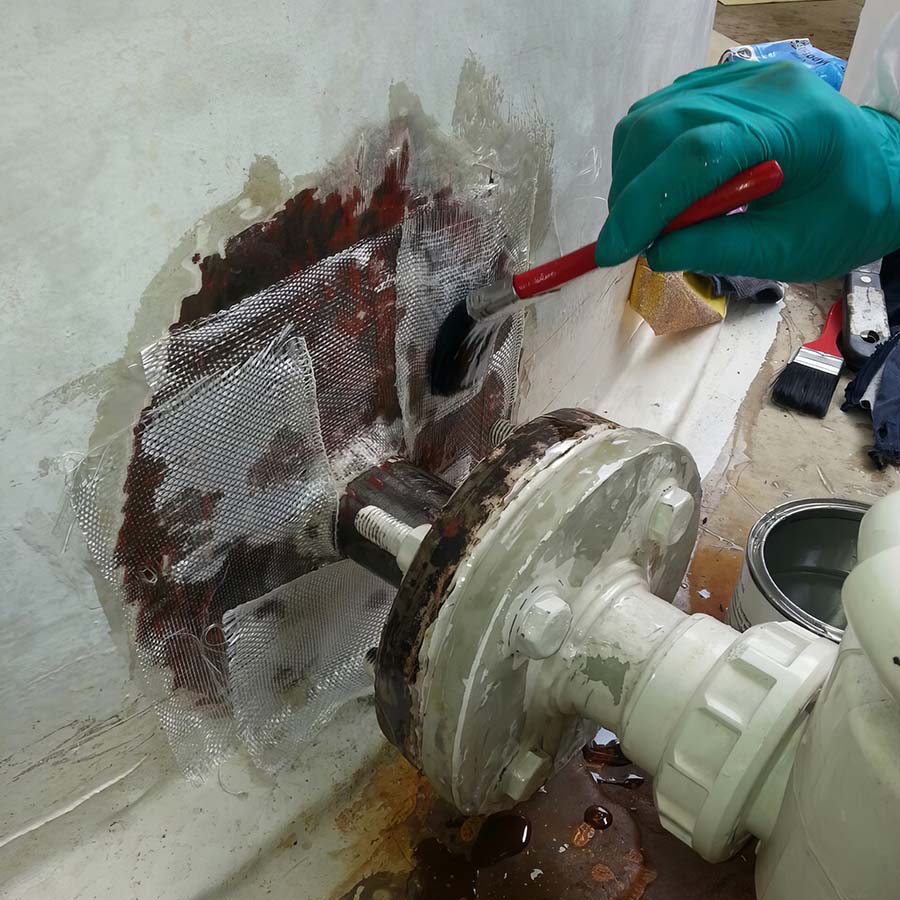
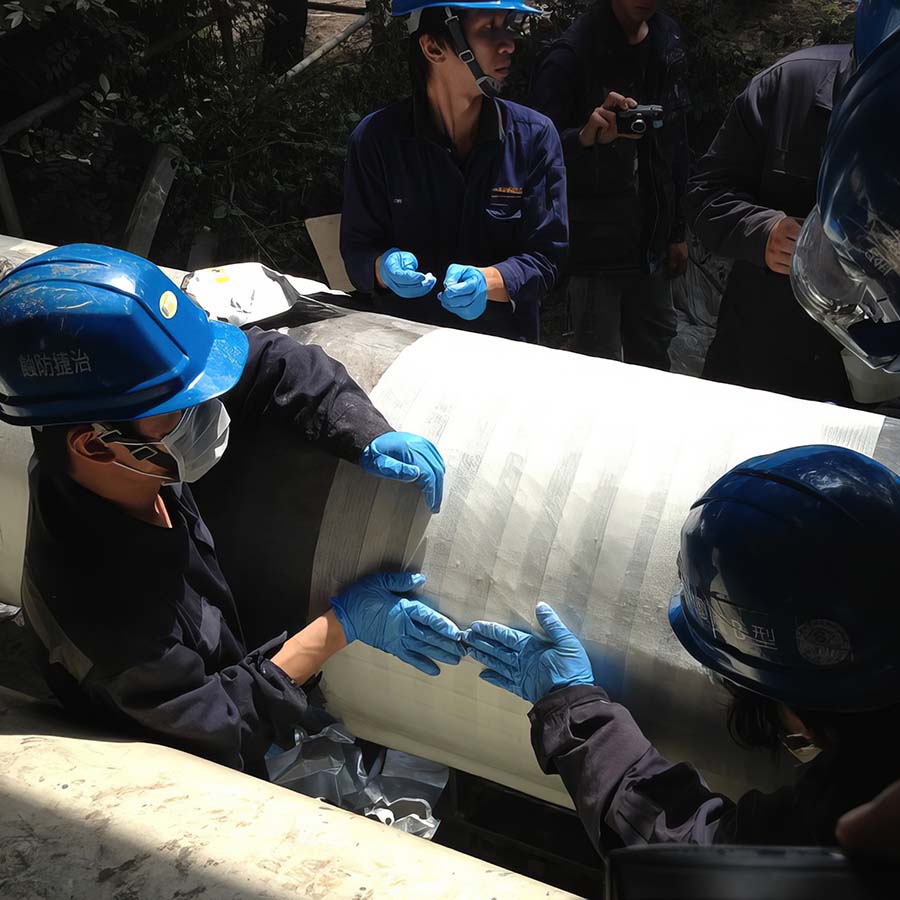
2. Roller Application
Application by roller is faster than with a brush on large, flat surfaces, such as walkways and deck areas, but it is not so good for complex shapes. It is hard to control film thickness and high film build is generally attained by applying multiple coats. The correct choice of roller pile is dependent on the type of anti-corrosion coating and the roughness and irregularity of the surface being coated and is essential for a good finish. Rollers can be used for applying stripe coats under certain circumstances to areas such as rat holes and cut outs.
3. Conventional Spray
This is a method commonly used for applying single component zinc silicates to large surfaces. The equipment is relatively simple and inexpensive and is usually confined to fairly low-viscosity coating. Coating under pressure and air are fed separately to the spray gun and mixed at the nozzle. The coating is atomized and air is mixed with these droplets forming a fine mist of paint which is carried by the air pressure to the work surface. It is essential to use the correct combination of air volume, air pressure and fluid flow to provide good atomization and a coating film which is free from defects. Poor control gives rise to overspray and rebound from the work surface defects in the coating.
